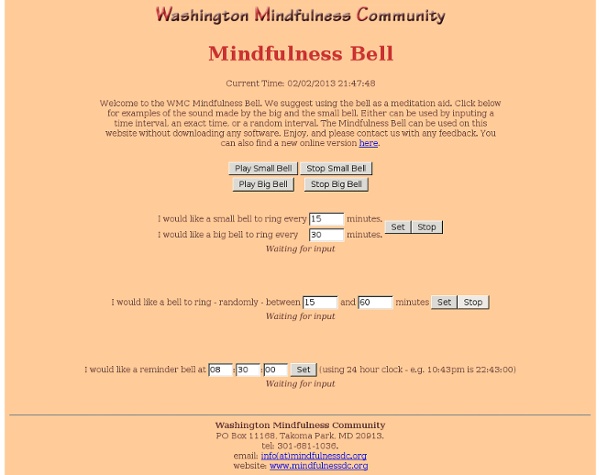



JEU (Réunion - 974) Historiquement, l’humanité à commencé par utiliser le troc, c’est-à-dire un échange direct entre deux personnes. Quand cette simultanéité n’est pas possible, on utilise une promesse verbale ou écrite, un accord chiffré qui dit « oui » et « combien ». Si la promesse écrite est ensuite utilisée lors d’un échange avec une tierce personne, elle devient une monnaie... C’est-à-dire un moyen d’échange multilatéral, différé et écrit. Mon petit bout de papier est devenu une monnaie, une promesse écrite permettant un échange multilatéral, entre trois personnes et plus. L’argent est un type de monnaie reconnue par une autorité régionale, nationale ou internationale qui utilise des pièces de métal (or, argent, cuivre, bronze, nickel, etc.) ou des billets de papier. La solution JEU... Ce nouveau type de monnaie a été conçu et mis en place par feu Daniel Fargeas, du Sud de la France, en 1998. Documents : La "bible" de Daniel Fargeas : pdfTu cherches une solution à l'argent : pdf
Miroir de Fées La lune est l'astre féminin symbolisant la sensibilité, l'imaginaire, la fécondité...La rune correspondant à la Lune est Lagu, qui ouvre sur un univers perceptible par les âmes sensibles, réceptrices..Lagu, c'est la Dame du Lac, qui conseille en secret et confie l'épée de l'action....Il y a dans cet astre une force d'inertie qui permet à l'être de ressentir avant d'agir, et par là même, l'action est différente que si elle avait été menée sans ce ressenti.Il ne faut pas avoir peur de laisser la Lune exprimer nos émotions, nos larmes, comme elle permet à la mer de venir sur le sable, et se retirer, car elle gère tous les cycles de la Vie, de l'Etre et de la Terre... A l’heure où meurt le jour dans un soupir bleutéOù les roses ternissent pour mieux se préserverQuand les derniers sons fuient, par le sommeil chassés,Je suis au creux de moi, et me laisse à rêver… Dulce Luna Extrait de "Le Miroir Intérieur" Chantal Duros